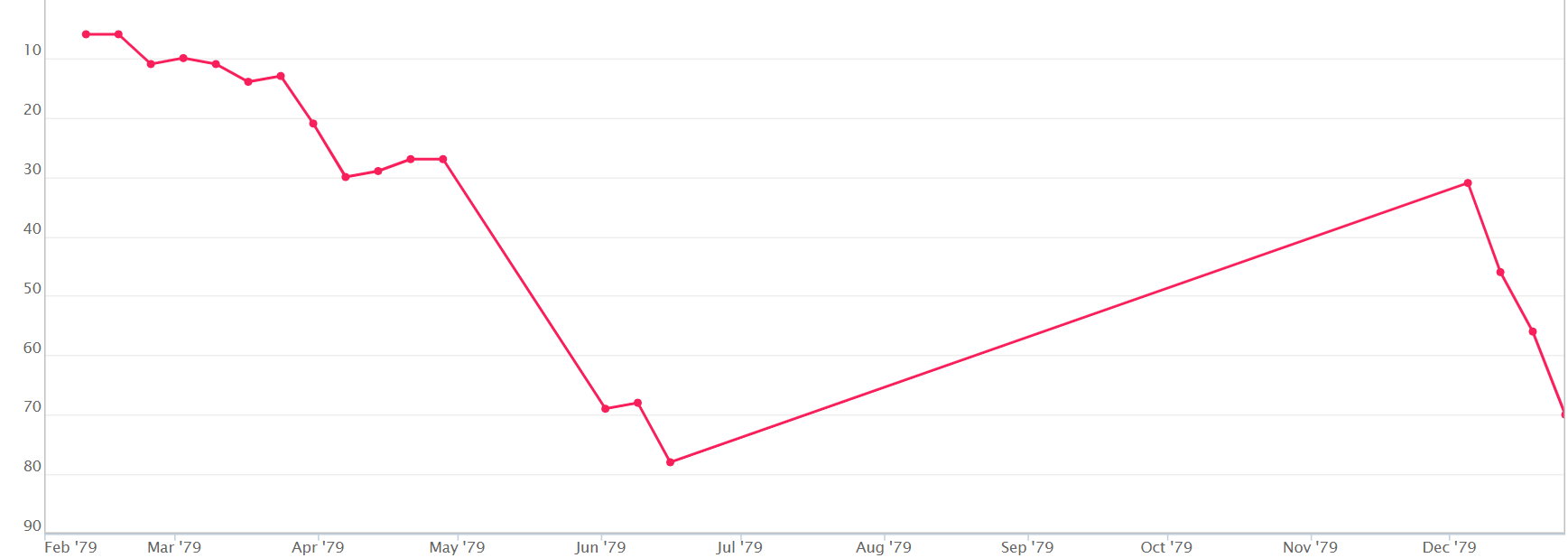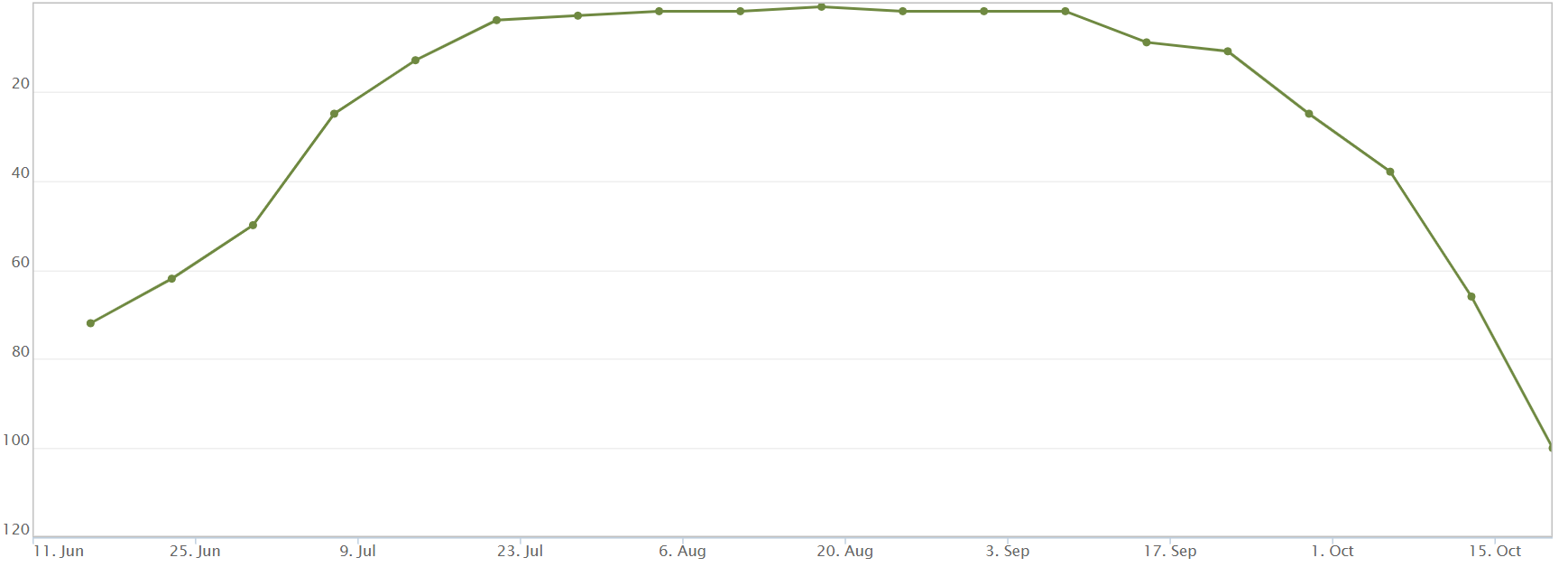Impact of the Demolition
“It felt to us like Nazi book-burning. This is America, the home of jazz and rock and people were now afraid even to say the word ‘disco'”- Nile Rodgers
The Disco Demolition Night had a lasting impact on the music industry. The crowd at the event was made up of mostly straight white males who were the majority demographic of rock music. It can be argued that these fans were afraid of the popularity of disco and it was taking away the spotlight from the rock establishment. They also felt their identities as the dominant demographic in the country was being challenged by LGBT individuals and racial minorities (Cochrane). As mentioned before, disco was a way for racial minorities and members of the LGBT community to express themselves. As the end of the 1970s saw a rise in conservatism in the United States, the movement against anything connected to the LGBT movement gained traction. The desire to preserve the power of the straight, white majority also became popular again as a result of the conservative movement. The event itself could have definitely have been described as reactionary in nature.
Gary Waleik’s article provides a firsthand reaction by an African American family watching the demolition happen live on Television. Darlene Jackson was a ten year old girl at the time. She described the majority white crowd on the field as being primal and tribal. Jackson was frightened by the events unfolding on TV. Her father described the crowd by stating “these people have lost their damn minds” (Waleik).
The demolition was a major factor in the decline of Disco as a genre all together. Many likened the event to the Nazis burning books that they didn’t agree with to push their hateful agenda such as Nile Rodgers in the above quote (Terry). By the 1980s, new wave, pop and punk music took over the radio stations. Although disco seemed to be dead, others argued that it took on a new form. Many groups at the time made the transition from disco to boogie music and disco continued to be played at certain night clubs throughout the 1980s (Cochrane).
Disco’s legacy continues to live on to this day. Many elements of disco can be heard across many different genres such as hip-hop, electronica, techno, and Latin freestyle (Cochrane). The role of disco as a medium for members of underrepresented communities to express themselves with will never be forgotten. Many fans who are nostalgic for the music of the 1970s still listen to disco and will for many years to come.
Following the Disco Demolition, Chic continued to be doing very well compared to the waning popularity of the disco genre. Although Chic’s most popular song, “Le Freak” was released n 1978, they still had a great deal of record sales following the Disco Demolition. Their most popular album, “C’est Chic” actually saw an increase in sales following the Disco Demolition. This is illustrated in the graph below from MusicID. It is important to note that the album was selling very well before the Disco Demolition, but sales began to hit a decline. Sales hit a trough between June 1979 and July 1979. The Disco Demolition took place in the middle of July 1979. Following the demolition, sales actually rose despite pundits saying that disco was dead. Sales steadily rose until they reached a peak in December of 1979.
 (MusicID)
(MusicID)
Chic also released one of their other most popular songs, “Good Times” around the same time as the Disco Demolition in 1979. As shown by the below graph from MusicID, The song was widely successful and it topped the charts in August 1979.
 (MusicID)
(MusicID)
Chic’s post Disco Demolition popularity was caused by a number of factors. First, Chic wasn’t ever the traditional Disco group. Nile Rodgers and Bernard Edwards both have a background in classical and jazz music. They didn’t wear the flashy outfits that disco groups normally wore and they blended the disco genre with hits of funk, jazz, and R&B. They were able to avoid the damage done to many disco groups by this movement due to their unique style of music. As a matter of fact, Chic’s influence can even be heard in a number of newer songs across different genres as well. For example, “Good times was sampled in the first commercial hip hop song, “Rapper’s Delight” by Sugarhill Gang. Influences in of “Good Times” can even be heard in one of Queen’s most popular rock songs, “Another One Bites the Dust”. This is evidence that Chic’s music style is somewhat similar to the types of music that would become popular in the 1980s. It is ironic that the influences of a band that the rock fan movements tried to kill are heard in their own preferred genre of music.
“The success of Good Times, and that it could overcome such mass hysteria, showed the strength of a good song. I’m sure that a lot of the idiots who were part of the ‘Disco Sucks’ campaign must also have been among the buyers. So Good Times was the ultimate irony, as was everything that came after it, such as My Sharona by The Knack — Chic’s influence on that song was so obvious it almost hurt. And exactly a year after Good Times, the US number one was Another One Bites The Dust by Queen. Hello? If that wasn’t influenced by Good Times, I don’t know what was.”- Nile Rodgers
